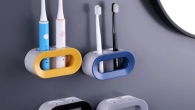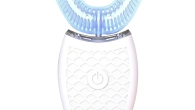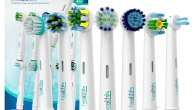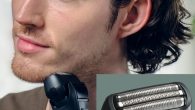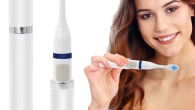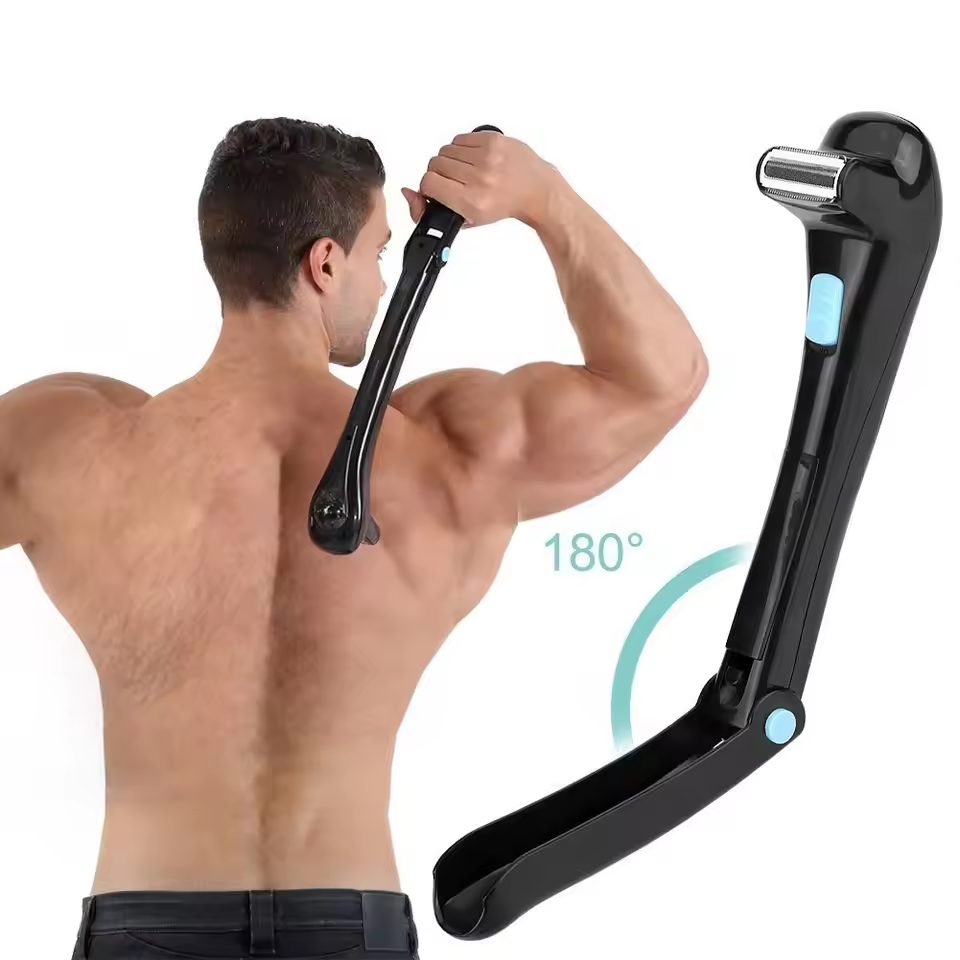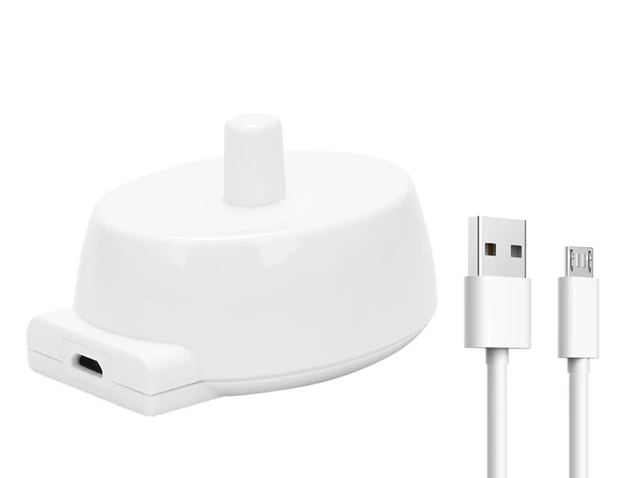
Maximize Your Electric Toothbrush Battery Life
How long does an electric toothbrush last without charging
Understanding the basics of electric toothbrush batteries is crucial for optimizing their lifespan.
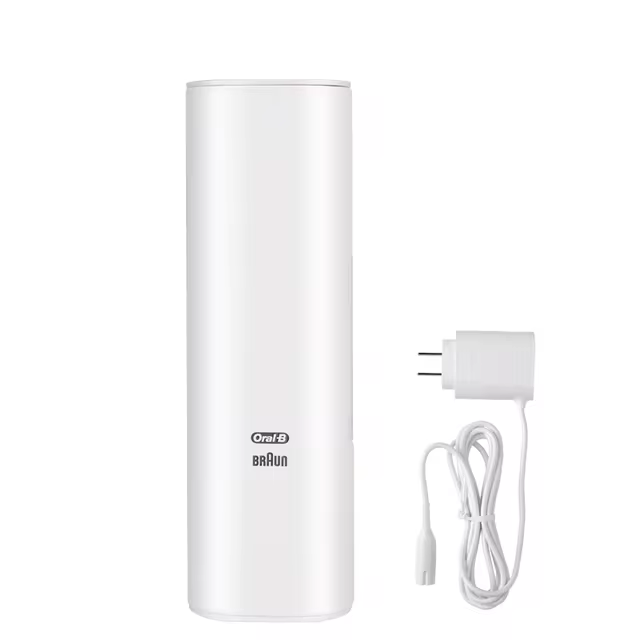
Types of Batteries in Electric Toothbrushes
Electric toothbrushes usually have rechargeable batteries. Most commonly, they use lithium-ion batteries known for long-lasting performance. Some older models may use NiMH batteries, which can be less efficient.
Average Battery Life Expectancy
On average, electric toothbrushes can go without charging for one to three weeks. This depends on the model and how you use it. High-quality brushes tend to last longer between charges. Regular charging habits also impact how well the battery holds up over time.
Factors Influencing Battery Lifespan
Understanding what affects the lifespan of your electric toothbrush’s battery is key to maintaining it.
Usage Patterns and Their Effect
How often and how long you use your toothbrush directly affects battery life. Daily long sessions will drain the battery faster than shorter ones.
Brushing Modes and Battery Consumption
More intense brushing modes consume more power. If you use modes for gum care or whitening, expect quicker battery drainage. Choose standard modes for longer battery life.
The Impact of Overcharging
Leaving your toothbrush on the charger can harm the battery. Follow the manufacturer’s instructions to avoid reducing the lifespan of your battery.
Optimizing Electric Toothbrush Battery Life
To keep your electric toothbrush running at its best, follow these tips.
Manufacturer’s Charging Recommendations
Charge as the manufacturer suggests. Overcharge may shorten your brush’s battery life.
Best Practices for Charging and Use
Don’t overcharge; unplug once full. Use recommended charging cable and adapter. Avoid running your toothbrush until the battery completely drains.
Avoiding Common Battery Life Reduction Mistakes
Don’t leave on the charger constantly. Charge fully then use until it’s time for the next charge. Store in a cool, dry place away from direct sunlight.
Identifying the Right Electric Toothbrush
Choosing the best electric toothbrush can enhance your oral care routine significantly.
Features to Look for in Long-Lasting Models
When selecting an electric toothbrush, consider key features for longevity between charges. Look for a model with a lithium-ion battery, known for extended periods without charging. Check for power-saving modes that preserve battery life. Models with a battery life indicator help monitor charge levels effortlessly. A toothbrush with a quick-charging feature can save time and hassle.
Understanding Indicators and Battery Status Symbols
Being familiar with your electric toothbrush’s indicators ensures optimal use. Most toothbrushes feature a light or symbol to show battery status. A charging indicator will point to when the device is powering up. A full-charge icon tells you the charging is complete. Low battery alerts let you recharge on time, preventing unexpected power outs. By understanding these symbols, you can keep your toothbrush’s battery in peak condition.
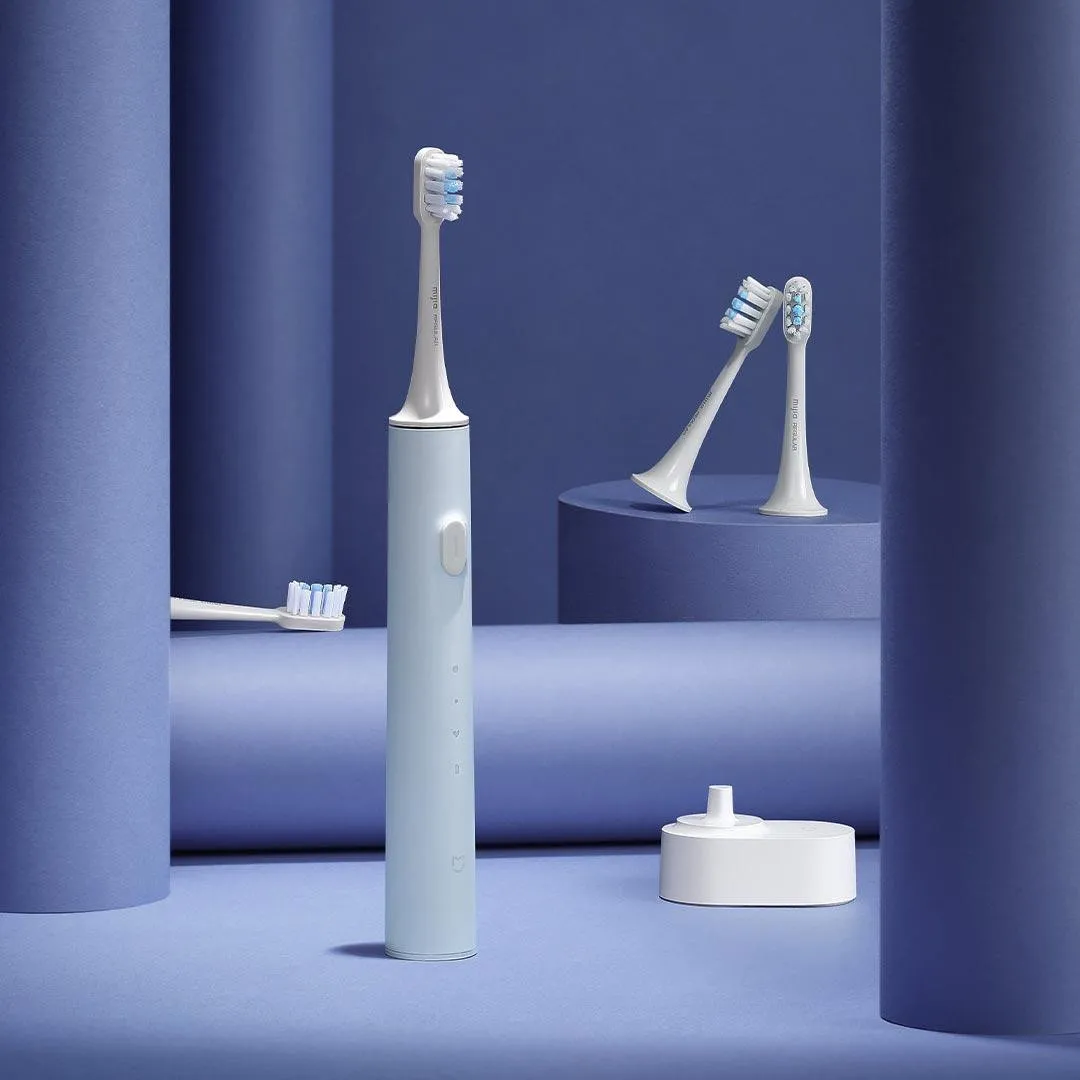 Maintenance and Care for Electric Toothbrushes
Maintenance and Care for Electric Toothbrushes
Proper maintenance and care are crucial for the lifespan and effectiveness of your electric toothbrush.
Cleaning and Storage Tips
To keep your electric toothbrush in top shape, follow these simple tips:
- After each use, rinse the brush head under tap water to remove toothpaste residue and debris.
- Shake off excess water and dry the brush head with a clean towel.
- Store the toothbrush upright in an air-dry environment to prevent mold and bacterial growth.
- Do not cover the brush head until it’s completely dry; moisture can lead to germ buildup.
- Once a week, clean the handle and charging base with a slightly damp cloth to remove dust and splatters.
By keeping your electric toothbrush clean and stored correctly, you will extend its lifespan and ensure it’s ready for use anytime.
Troubleshooting Common Battery Issues
If you face battery issues with your electric toothbrush, consider these troubleshooting steps:
- Ensure the toothbrush is correctly placed on the charging base and the power outlet is working.
- If the battery indicator shows low charge after a full night’s charging, unplug and reset the toothbrush.
- Try fully draining the battery by using the toothbrush until it stops, then charge it completely.
- When the toothbrush loses power quickly or doesn’t charge, the battery may need a replacement.
Regular maintenance and addressing battery issues promptly will keep your electric toothbrush running smoothly. Remember these tips to get the most out of your device.
Traveling Smart with Your Electric Toothbrush
Maintaining your electric toothbrush while traveling ensures it’s ready when you need it.
Benefits of Travel Cases for Battery Preservation
Travel cases serve more than just protecting your toothbrush. They help preserve battery life. High-quality cases may have features to deactivate the toothbrush. This stops accidental activation, saving battery power.
How to Manage Your Toothbrush’s Battery on the Go
When you travel, battery management is key. Charge your electric toothbrush fully before leaving. If your toothbrush has an indicator, check it regularly. Use the travel case to prevent accidental switch-ons. Avoid exposing your toothbrush to extreme temperatures to protect the battery. Lastly, carry your charging cable for quick top-ups when needed.
When to Consider Replacing Your Electric Toothbrush
Proper electric toothbrush care extends its life. Yet, every toothbrush has its endpoint. Know when to replace your brush for top dental hygiene.
Signs Your Toothbrush Needs Replacing
Watch for these signs to know when it’s time for a new toothbrush:
- Worn or frayed bristles that no longer clean effectively.
- Reduced power, even after charging, that doesn’t brush as before.
- Battery drains quickly, signaling battery issues.
- It stops working or refuses to charge, showing possible internal damage.
Act early when you notice these signs to maintain good oral health.
Upgrading to a New Toothbrush for Better Battery Life
Newer electric toothbrushes offer better battery tech and features. Consider upgrading if:
- Your current model is several years old, and battery life has dropped.
- Newer models have features that fit your dental needs better.
- The cost of repairing your old toothbrush is more than a new one.
Upgrading can mean more efficient brushing and less frequent charging. Pick a model with good reviews and a reputation for lasting battery life.
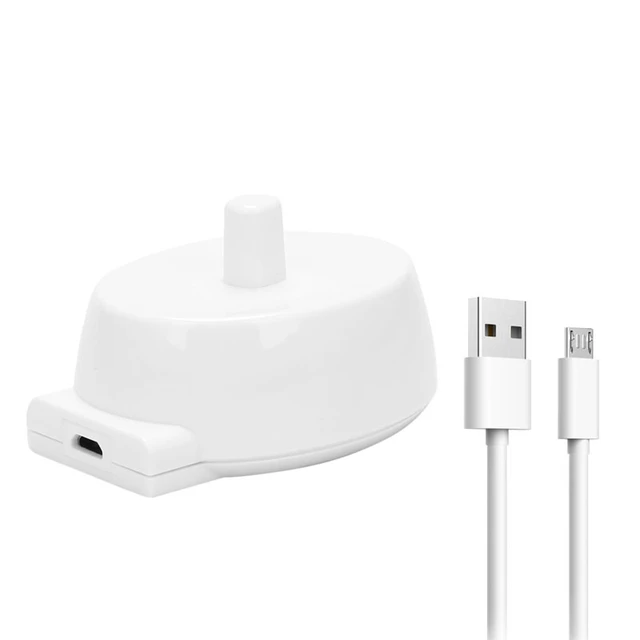 Best Practices for Charging Your Electric Toothbrush
Best Practices for Charging Your Electric Toothbrush
Using the Right Charger
Electric toothbrushes are typically sold with a compatible charging station. It’s vital to use the charger that comes with your device, as different toothbrush models may have unique voltage requirements.
- Avoid Third-Party Chargers: Using non-recommended chargers can cause voltage discrepancies, potentially damaging your toothbrush.
- Check for Wear and Tear: Ensure that the charging cable and dock do not show signs of damage, which could lead to inefficiencies in charging or safety hazards.
Optimal Charging Duration
Understanding how long to charge your electric toothbrush is essential. Generally:
- Recommended Charge Time: Most electric toothbrushes take between 8 to 12 hours to fully charge.
- Indicator Lights: Many models come equipped with LED indicators that show when the toothbrush is fully charged. A steady light often indicates completion.
Frequency of Charging
While charging practices may vary, here are a few guidelines:
- Charge After Use: It’s most effective to charge your toothbrush right after use, ensuring it’s ready for your next brushing session.
- Avoid Overcharging: Most modern electric toothbrushes are designed to prevent overcharging. However, repeated overcharging can influence battery health over time.
Where to Store Your Toothbrush
The location of your charging station can also influence charging efficiency:
- Cool, Dry Place: Ensure the toothbrush is stored in a cool and dry area away from direct sunlight or humidity. Excess heat can damage battery effectiveness.
- Avoid Confined Spaces: Leave room around the charging station for airflow, as constricted areas can lead to heat buildup.
Conclusion:
How long does an electric toothbrush last without charging
In conclusion, the question of how long does an electric toothbrush last without charging can be influenced by various factors including battery types, usage habits, and environmental conditions. A well-maintained electric toothbrush with rechargeable batteries can often last anywhere from one week to three weeks, making it a fantastic option for daily oral hygiene. By understanding the intricacies of battery life and implementing some maintenance tips, you can maximize the effectiveness and longevity of your electric toothbrush, ensuring a bright and healthy smile for years to come.




